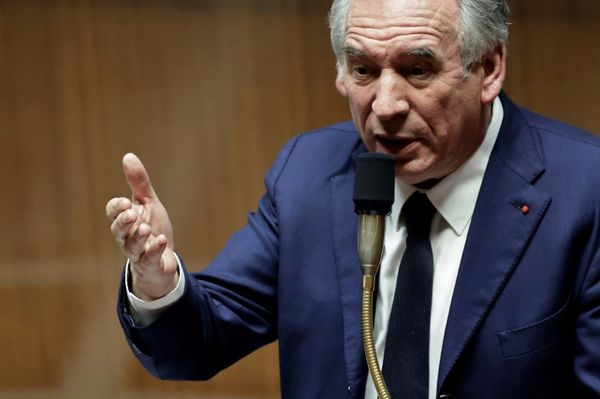
For the first time in a decade, Americans will pay less next year on monthly premiums for Medicare’s Part B plan, which covers routine doctor visits and other outpatient care.
The rare 3% decrease in monthly premiums is likely to be coupled with a historically high cost-of-living increase in Social Security benefits — perhaps 9% or 10% — putting hundreds of dollars directly into the pockets of millions of people.
“That’s something we may never see again in the rest of our lives,” said Mary Johnson, the Social Security and Medicare policy analyst for The Senior Citizens League. “That can really be used to pay off credit cards, to restock pantries that have gotten low because people can’t afford to buy as much today as they did a year ago and do some long-postponed repairs to homes and cars.”
The 2023 decrease in monthly Medicare premiums comes after millions of beneficiaries endured a tough year of high inflation and a dramatic increase to premiums this year. Most people on Medicare will pay $164.90 a month for Part B coverage starting next year, a savings of $5.20.
The decrease helps to offset last year’s $21.60 spike, which was driven in large part by a new Alzheimer’s drug, Aduhelm, administered intravenously in doctors’ offices and introduced last year with a $56,000 price tag. Medicare set strict limitations on the drug’s use earlier this year, and the drugmaker has since cut the medication’s cost in half.
Medicare paid less for that drug than it expected this year, helping shore up reserves that allowed the government to set the Part B premiums lower for 2023, according to the federal Centers for Medicaid and Medicare.
Spending on other Medicare services and items was lower than expected, too. The annual deductible for the Part B program will also decrease, by $7, to $226.
As the midterm elections near and President Joe Biden’s administration struggles to contain the painful side effects of inflation, the White House has increasingly trumpeted its work around curtailing health care costs.
President Joe Biden pointed to more cost savings on the way for some Medicare recipients starting next year thanks to the Inflation Reduction Act, which will require Medicare to cover the cost of recommended vaccines for older Americans and will cap monthly insulin copayments at $35 a month.
Other provisions in the legislation, including a rule that allows Medicare to negotiate directly with drug companies on the price of some medications, will take a few years to kick in.
The bill received no support from congressional Republicans, a point the White House has frequently pushed in recent weeks.
The lower Medicare premiums were announced as 66 million Americans await the announcement of next year’s Social Security cost-of-living increase for 2023. Analysts estimate it could be historic, between 9% and 10%. The exact amount will be announced in October.







